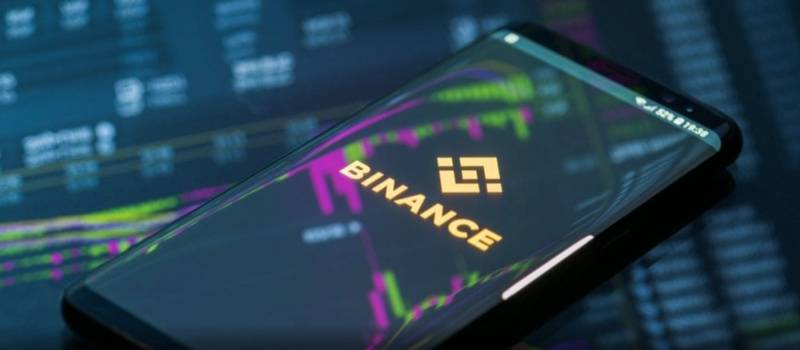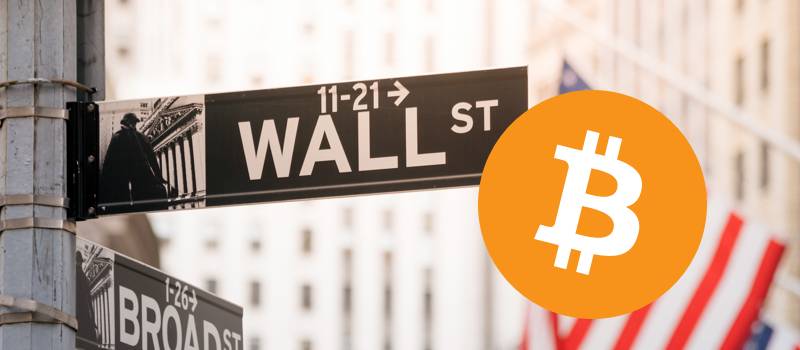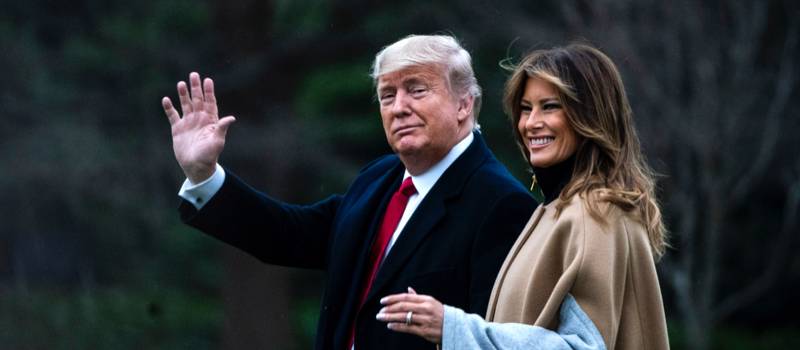The Shiba Inu coin finally reached an all-time high (ATH) of $0.00004926 on October 26th, with a market cap dominance of $24,116,388,304, 0.87%, and a volume of 0.3895. The coin is now ranking at #11 in the cryptocurrency market and has made a 50% gain since its last ATL, which was on November 28th, 2020. In the 24-hour period before it reached its new ATH, Shiba Inu had done $10,420,000,000 in trading volume. This is far more than the top guns in the Crypto space. Whales are buying it, and many investors are drawn in since the coin has too many zeros to miss out on investing in it. The meme coin had a massive 24-hour gain of 14%. and a 30-day gain of 5559.9%. Even ETH could not stop the rise of Shiba Inu. After Elon Musk shared a tweet that he does not own any Shiba Inu, the coin fell. However, following a massive whale buy of about $267 billion last month, many people took an interest in the coin. A majority bought the coin during the bull market and are continuing to do so. So far, the coin has performed well during October, and early last week, the coin made a 50% gain.
Many cryptocurrency traders on Twitter confess that Shiba Inu has made them millionaires and that they will continue to make more. The Shiba Inu pack is awake, and the buying continues … massive gains in trading markets usually mean that banks and huge financial institutions are buying an asset. In the cryptocurrency space, however, such large price movements mean that large investors have entered the markets. This means that Shiba Inu may be a meme coin, but it will develop a use case. The silent buying shows that crypto investors are planning to use the dog-coin to make something meaningful for dog-lovers in the crypto space; and, like packs of dogs, these investors in the coin will create an actual use case. As many pros like to say, everybody is early to Bitcoin; likewise, it seems, everybody is early to Shiba Inu. The zeros are too many to miss out on investing.

Breaking Down The Bitcoin Binance Flash Crash By The Second
On October 21st, 2021, the crypto exchange Binance US experienced a Bitcoin flash crash which had BTC’s price drop by over 80%. The industry is maturing, but these occurrences are reminiscent of the times when a crypto flash was business as usual. A report by Arcane Research dives deeply into the event, starting from the time it happened on the 21st at 11:34:17. At that time, the research firm claims that a “sudden massive selling pressure cleared the order book” on the exchange. This caused Bitcoin to crash all the way down to $8,200 for an entire thirteen seconds. This was enough for Binance US to experience a spike in its trading volume and 550 BTC changed hands. Arcane Research compared the normal Binance US sell volume to that of this event. The former stands at 0.74 BTC in a 4-hour timeframe, “illustrating that this massive sell order (550 BTC) was extraordinary.” Arcane Research then added the following: “What caused the crash? A fat finger by someone meaning to place a limit sell order at $82,000? An engine error? A combination? Binance has stated that it was caused by a bid in the trading algorithm of one of the institutional traders on the exchange.”
Whoever this entity was, they created a domino effect which caused havoc across all Bitcoin exchange platforms. Arcane claims that the price of BTC dropped $1,000 as a result of this bug. Even after the event, there were irregularities with different exchanges. Kraken saw its BTC/USD pair trading at a “growing discount,” Arcane Research said. On this platform, Bitcoin traded at $55,500, while other exchanges were trading at $64,000 per BTC. The Kraken discount eventually stabilized, but Arcane Research pointed out that this exchange operates with less efficiency during volatile markets. Brett Harrison, president of the crypto exchange FTX US, explained the different trading orders and how they operate when Bitcoin increases its volatility levels. In this case, the price of BTC trended to the downside, reducing the liquidity in the market as it moved further down. Harrison said, “Those trade prices will trigger stop loss or take profit orders, which themselves are market orders and will cause even more liquidity to be taken. The combination of market orders and lack of liquidity cause the price to spiral downwards in an extremely quick fashion.”
Harrison clarified that the Binance US Bitcoin crash was caused by an institution setting a large number of market orders that “cleared the bid side” for the BTC/USD trading pair order book. This triggered a liquidation cascade and therefore BTC’s price dropped in the platform. Harrison reminded that the U.S. futures market used to suffer from this problem until it implemented “guardrails.” He felt that a similar use of this measure by crypto exchanges could “help prevent short term microstructure issues;” and the implementation of these types of solutions, in combination with others, could help bring more “maturity” into the crypto market.

Wall Street Is Headed Straight For Bitcoin, Says Analyst
Wall Street has previously not been at the forefront of Bitcoin trading; however, that looks poised to change. The approvals of three Bitcoin ETFs at the start of last week have brought about much institutional interest in the digital asset, and Wall Street brokers are starting to turn their attention to the cryptocurrency. The first Bitcoin ETF recorded trading volumes of over $1 billion on its first day. Analyst Christopher Brendler sat down with Coindesk to talk about the future of Bitcoin on Wall Street. Wall Street brokers are getting increasingly positive about BTC investments, according to Brendler. It is important to note that Bitcoin has outperformed both the Nasdaq and the S&P year-over-year, as seen in a report from Wealthier Today. Brendler had been previously collating data regarding how the Bitcoin mining industry was being viewed by players on Wall Street, and he found that brokers had a positive view of the industry in the short term. Brendler estimated that about 15% of Wall Street brokers were beginning to take investments in the cryptocurrency more seriously. This number had been at a meager 5% of Wall Street brokers at the beginning of the year.
Interest has mostly grown due to the growth of Bitcoin in the past year. Bitcoin’s price had been below $30,000 at the beginning of the year and has grown over 100% to a new all-time high in October. It has not been the only one to record tremendous growth in recent months as mining stocks have also benefitted from the market rally. The report stated that the mining stocks Marathon Digital and Riot Blockchain have seen growth up to 1,500% and 600%, respectively, in the past year, considerably higher than even BTC. Institutional investors have continued to come to the table, and this has translated into more interest in the market from Wall Street brokers. Bendler did make note of skepticism from some of these investors, however, they still remained bullish on the digital asset in the long term. “While most investors are still new to this area, there was also quite a few already involved and able to dig deep into our new coverage,” Bendler said. As interest from Wall Street grows, it is expected that we will see more inflows in Bitcoin. The money coming in will help to drive the price up both in the short and the long term.
Bendler finished the interview by explaining that investors most familiar with the market were bullish crypto miners, and although they erred on the side of caution when it came to valuation, this has not caused them to shy away from the space. With returns from the crypto market thumping traditional investment vehicles, it seems very likely that it will only be a matter of time before Wall Street is fully invested in the market.

Is a Cardano-Ethereum bridge likely to stoke their rivalry even further?
Bondly Finance announced last week the rollout of a cross-chain bridge which would connect the Cardano and Ethereum blockchains. The firm estimates the bridge will be ready by early 2022. Blockchain bridges are a solution to link previously siloed chains, and by enabling different blockchains to work together, developers can build on each other’s protocols and harness the strengths of the other chain. While cross-chain bridges are generally considered to be positive for all parties involved, there has been a rivalry and philosophical differences between Cardano and Ethereum. In this case, could the Bondly bridge benefit Cardano more than Ethereum? Bondly is primarily known as a decentralized swap protocol which has a focus on NFT technology. “We execute every step of the process to bring authenticated digital-first goods to the market in music, entertainment, gaming and collectibles with a suite of products and services designed to support the entire blockchain ecosystem,” and they see non-fungibles as the way to foster fan engagement. Even though the tie-in with Cardano developers IOHK was first announced in December 2020, the tweet didn’t specifically mention bridging with Ethereum. Instead, it spoke mostly about utilizing smart contract functionality to enable DeFi.
As part of the collaboration, Bondly is also planning to expand the availability of its $BONDLY token to Cardano. $BONDLY initially launched on the Polkadot network, before a contract hack in July 2021 led to a redeployment of tokens to Ethereum, BSC, and Polygon, which invalidated the attacker’s stolen $BONDLY tokens. Bondly now says the Cardano-Ethereum bridge will enable NFT creators to move their projects to the energy-efficient Cardano chain. According to the firm’s release: “Development of the bridge, which marks the first project of the partnership, will allow NFT creators to easily move their NFTs from the energy-intensive Ethereum blockchain to Cardano. Cardano also offers price predictability and stability for transaction costs, which allows creators to mint or transfer NFTs without risking lost transactions or unexpectedly high costs.” Commenting on the bridge, Bondly CEO Harry Liu said that it “marks a pivotal moment in the transition from legacy blockchain technology to one of the most hotly anticipated ‘third generation’ networks.”

Why are Countries Adapting to Bitcoin?
Functioning since 2009, the Bitcoin network has come to dominate and even define the cryptocurrency space, spawning a legion of altcoin followers and representing an alternative to fiat government currencies such as the U.S. dollar and the Euro, and to metal currencies such as gold and silver coins. At its core, Bitcoin is a peer-to-peer cryptocurrency arrangement that facilitates transactions denominated in digital units known as Bitcoin. What a phenomenon! Global cryptocurrency usage has increased by 880% in the last year, particularly in Vietnam, India, Pakistan, and other developing countries. The 2021 report on the Global Crypto Adoption Index, entitled “Geography of Cryptocurrency,” had many enlightening findings. Here are some of them: According to specialists from the nations listed above, many people utilize peer-to-peer cryptocurrency exchanges as their main on-ramp into cryptocurrencies because they do not have access to centralized exchanges. Significant currency depreciation in many developing countries also leads individuals to buy cryptocurrencies on peer-to-peer platforms in order to protect their investment value. International transactions are also prevalent in these areas, whether for individual remittances or business use cases like buying products to import and sell. The quantity of national currency that people may move out of the country is limited. Another finding was that although China was ranked fourth and the United States was ranked sixth in last year’s survey, their positions have dropped to thirteenth and eighth, respectively.
Some of the other advantages of Bitcoin included: Bitcoin users have comprehensive control over their reserves while traditional fiat currencies are responsive to several restrictions and hazards. Banks, for example, are dependent upon economic booms and busts. As has happened in the past, these circumstances may sometimes result in bank runs and crashes, which implies that consumers do not have complete control over their funds. There are no costs associated with Bitcoin transactions. Bitcoin users are not subjected to the invocation of conventional banking costs associated with fiat currencies. While fiat currency exchanges impose many types of fees, such as deposit and withdrawal fees, Bitcoin users are not subject to these fees. Other advantages of using Bitcoin: for international payments, Bitcoin transactions offer minimal transaction costs. Fees and currency charges are expected in standard wire transfers and international transactions. Transacting via the Bitcoin network is typically cheaper than bank transfers, since there are no intermediate organizations or governments involved. This will become an essential benefit for tourists. Furthermore, Bitcoin transfers are instantaneous, bypassing the hassle of usual permission methods and delivery times.
Some of the disadvantages of using Bitcoin include: Bitcoin is still only accepted by a limited number of internet businesses. As a result, relying only on Bitcoin as a currency is nearly impossible. It’s also possible that governments may compel firms to stop accepting Bitcoin in order to monitor consumers’ transactions. One’s Bitcoin is dramatically “lost” if a hard drive fails, or a virus corrupts data, and the wallet file is damaged. There is nothing that can get the money back, and these coins will remain orphaned in the system. This has the potential to bankrupt a wealthy Bitcoin investor in a matter of seconds, with no means of replacement. There is no buyer protection. When things are purchased with Bitcoin, and the vendor fails to deliver the goods, there is no way to reverse the transaction. The problem can be approached by utilizing a third-party escrow service such as ClearCoin. However, escrow services would then take on the role of banks, making Bitcoin more like conventional currencies. Since its commencement in 2009, Bitcoin and the other cryptocurrencies that followed, have been fraught with contention and controversies. While Bitcoin has been extensively attacked for its volatility, use in illicit activities, and the amount of energy required to mine it, some people, especially in developing countries, view it with great hope amidst economic storms.

NFT featuring candid photos of Donald Trump is up for sale for 240 Ethereum
Creatd has announced its second NFT drop featuring three photographs of Donald Trump, including one that displays him signing the chest of a model. The NFT is currently priced at 240 Ethereum, which is roughly $1 million in US prices. Headquartered in New Jersey, Creatd has managed to draw considerable attention from Wall Street by selling an NFT featuring young Donald Trump. The digital image will include three natural photos of Trump, taken long before he became the president of the United States. The NFT will include a high-resolution JPEG and the buyer will also get a large 1/1 print of the said photograph in a gilded frame. Non-Fungible Tokens, or NFTs, are soaring high in value and have become increasingly popular. A non-fungible token is a unique digital identifier that cannot be replicated or copied. It provides authentic sole ownership of digitized products such as images, audio, files, videos, and artworks to consumers. Share prices for Creatd received a powerful boost amidst its latest NFT drop and the company’s stock was heading 7.5% higher at the end of last week.
Creatd will be selling its collection of NFTs on the popular NFT marketplace called OpenSea. The photos of Trump have come from their OG collection which holds thousands of photographs, illustrations, and videos from the archives of Bob Guccione, an artist and photographer who once owned publications like Viva and Penthouse. Jeremy Frommer, the CEO and founder of Creatd Inc. stated the company is still in the early stages of understanding the concept of the NFT as valuable crypto assets. Meanwhile, the company had recently concluded their first NFT drop featuring six digital images, which have all been sold. Creatd intends to expand its NFT platform by enhancing its library collection and collaborating with potential creators to create an extraordinary set of digital collectibles.
The post <h5>Digital Asset Insights #39</h5> <h3>Shiba Inu Reaches a New All-Time High: Unstoppable!</h3> appeared first on JP Fund Services.
Tradersdna is a leading digital and social media platform for traders and investors. Tradersdna offers premiere resources for trading and investing education, digital resources for personal finance, market analysis and free trading guides. More about TradersDNA Features: What Does It Take to Become an Aggressive Trader? | Everything You Need to Know About White Label Trading Software | Advantages of Automated Forex Trading








